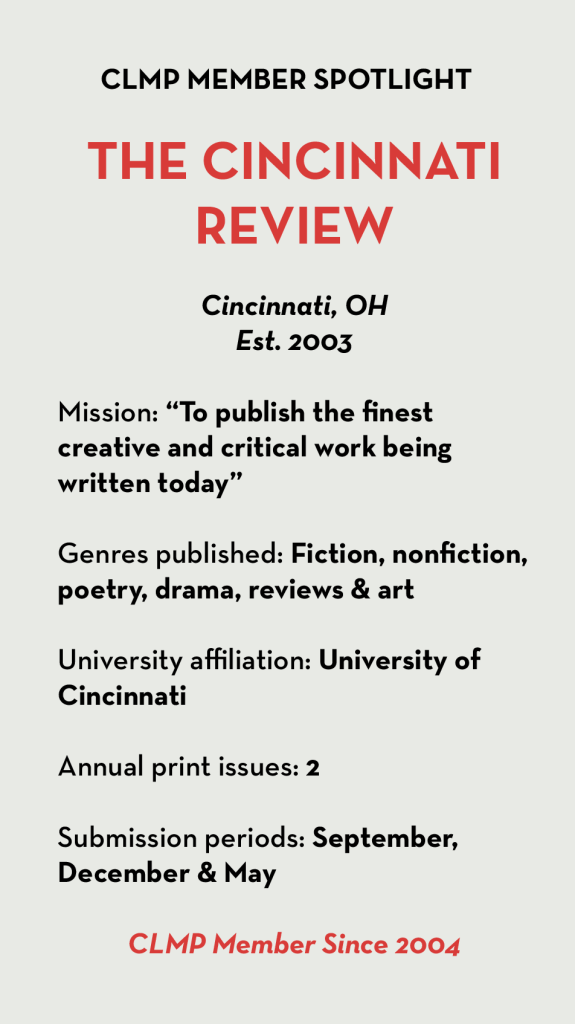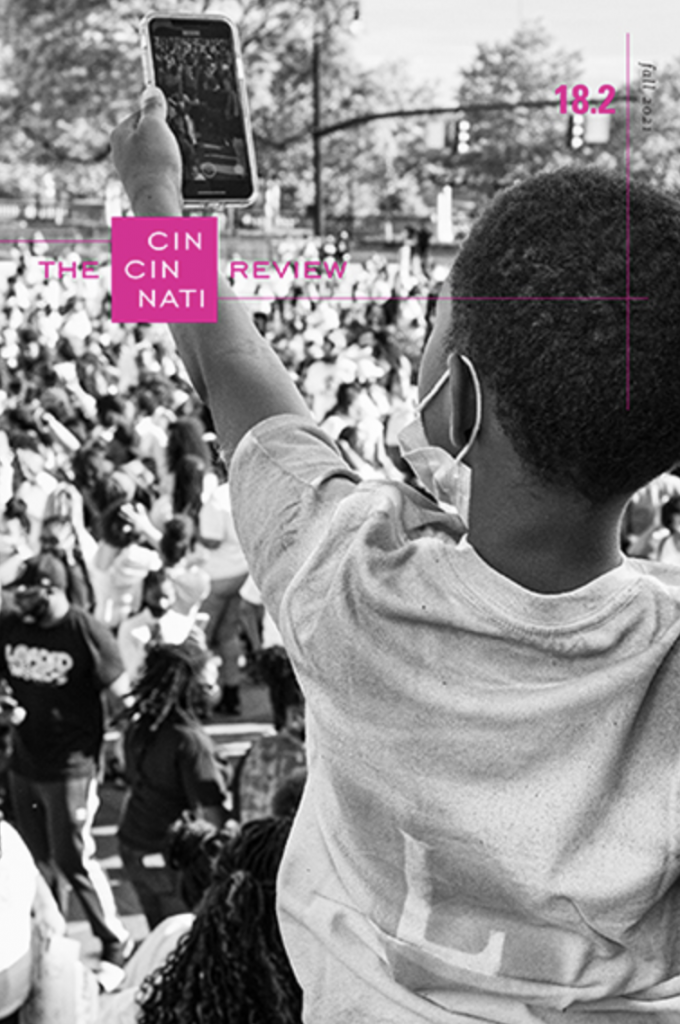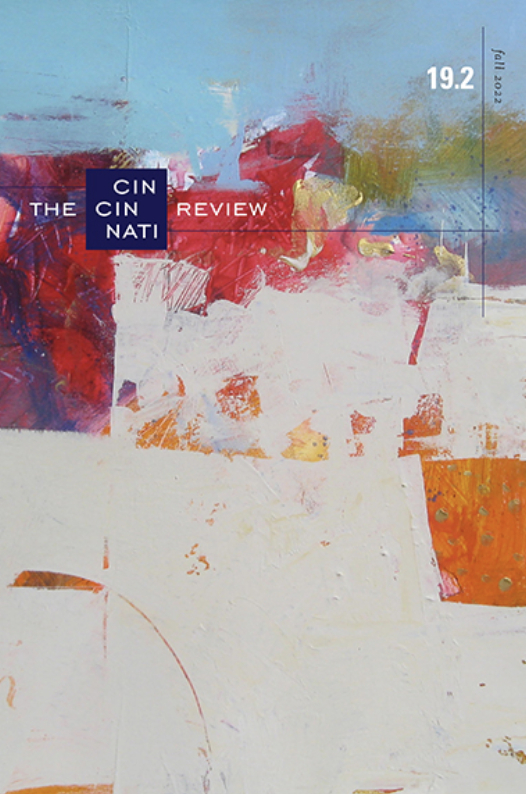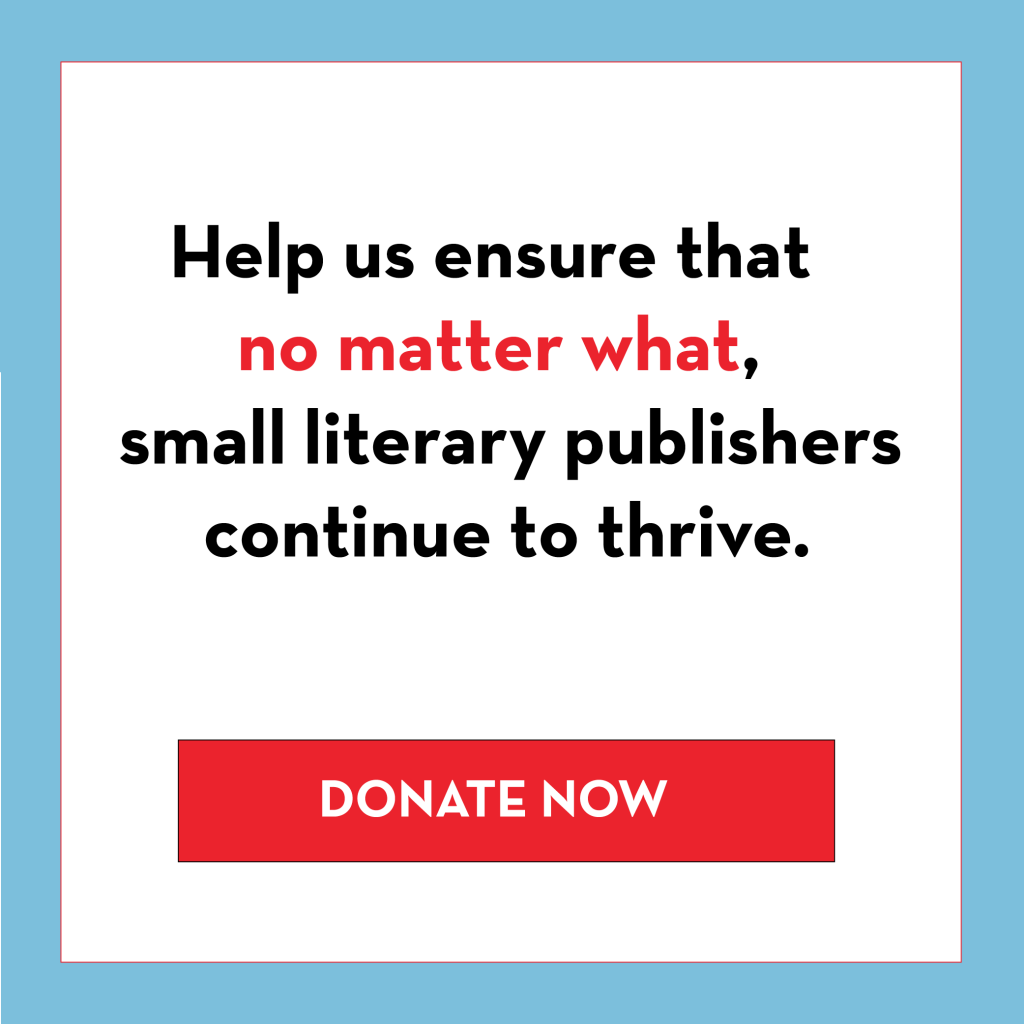We spoke with Lisa Ampleman, the managing editor of The Cincinnati Review, in this Member Spotlight.
What is the history behind The Cincinnati Review? When was it founded and what is its mission?
 In the early 2000s, Dr. Lee Person, the department head of what was then called the Department of English and Comparative Literature at the University of Cincinnati, wanted to establish a literary magazine, in part to be competitive with other graduate programs in creative writing that were offering their students hands-on experience in publishing. Nicola Mason, who had extensive experience with The Southern Review and LSU Press, joined as managing editor.
In the early 2000s, Dr. Lee Person, the department head of what was then called the Department of English and Comparative Literature at the University of Cincinnati, wanted to establish a literary magazine, in part to be competitive with other graduate programs in creative writing that were offering their students hands-on experience in publishing. Nicola Mason, who had extensive experience with The Southern Review and LSU Press, joined as managing editor.
The first issue was released in 2003. In the early years, the two genre editors were Brock Clarke in prose and James Cummins in poetry. Don Bogen became poetry editor in 2005, and Michael Griffith became prose editor in 2009. In 2011 Matt O’Keefe joined the staff in a newly created position, senior associate editor, and was tasked with evaluating and choosing an online submission manager, reading submissions, and managing volunteer reading assignments. And in 2016, we split prose into fiction and literary nonfiction categories, and Kristen Iversen came on as the genre editor for the latter.
In early 2017 Nicola Mason became the editor of Acre Books, our book-publishing arm, which she’d founded the year before. I was then hired as a managing editor (I’d served as a student editor at the magazine from 2011 to 2013). When Don Bogen retired, Rebecca Lindenberg joined the staff as poetry editor in 2018. That same year, Brant Russell, a professional director and an assistant professor in drama at the University of Cincinnati’s College Conservatory of Music, joined the staff in the newly created position of drama editor.
So, our mission then, as it is now, is threefold. As we say in our mission statement, we seek to publish the finest creative and critical work being written today, to make sure our efforts reflect the diversity of the literary community, and to educate UC graduate students in the art of literary publishing.
We provide a venue for writers of any background, at any point in their literary careers, at any age, to showcase their best writing. We are invested in finding both promising new and emerging voices and in sharing the exceptional work of more established writers.
What is the miCRo series?
 In 2017, when I started as managing editor, we needed to update our website—and after we did so, publishing more online content became possible. One of the student editors had previously suggested an online flash series, and we’d also been discussing the lack of direct curation for the student editors at the time. We solicited a handful of writers to get things started, and we’ve had strong submissions ever since. We publish prose that is 500 words or less and poems that are 32 lines or less (though once in a blue moon, we make an exception for something slightly longer). Pieces from the series have been chosen for Best Microfiction, Best of the Net, Best Small Fictions, and the Pushcart Prize. The series has become a crown jewel of our efforts to connect writers and their audiences.
In 2017, when I started as managing editor, we needed to update our website—and after we did so, publishing more online content became possible. One of the student editors had previously suggested an online flash series, and we’d also been discussing the lack of direct curation for the student editors at the time. We solicited a handful of writers to get things started, and we’ve had strong submissions ever since. We publish prose that is 500 words or less and poems that are 32 lines or less (though once in a blue moon, we make an exception for something slightly longer). Pieces from the series have been chosen for Best Microfiction, Best of the Net, Best Small Fictions, and the Pushcart Prize. The series has become a crown jewel of our efforts to connect writers and their audiences.
Students in the University of Cincinnati’s English Department are involved in editing, producing, and marketing each issue of The Cincinnati Review. Can you tell us more about this training program? 
Every academic year, three doctoral students work at the magazine in lieu of teaching, and in the summer, one or two students have a summer editorial term. Any graduate student can volunteer with us or otherwise seek to gain experience.
The student editors handle correspondence and some paperwork, but the vast majority of their work is reading submissions and curating the miCRo series. They also collaborate with the genre editors to make editorial decisions for the print mag (in genre “teams”).
A few times a year, the student editors will copyedit a piece in Word, and then we’ll have a “campfire” (we used to literally gather around a piece on a lectern, as if in a circle around a campfire): I’ll share my screen and go through my final edit of the piece, taking their edits into consideration and also asking them questions throughout the process. We also “collate” proofs, meaning after we’ve all looked through the typeset proofs for an issue, we meet for several hours, going over the issue one page at a time so that I can “collate” all the edits into one copy to send to our designer and we can talk about issues related to editing along the way. These kinds of learning experiences are key to our program, so we also invite volunteers to attend.
The student editors also learn quite a bit about social media and web writing; in fact, we’re hiring an assistant managing editor to deepen that focus even more. Through our website posts, we’re able to promote our contributors and other writers via interviews, reviews, and our Writers’ Day Jobs series, and also share some practical tips for the writing community as well.
In recent years, I’ve also asked student editors to choose a professionalization project, something they want to pursue to add to their CV or otherwise strengthen their knowledge in any area. I want them to feel ready for academic, alt-ac, and professional jobs, and I also encourage grad students who aren’t on staff but would like to use The Cincinnati Review as a basis for that type of work to get in touch. We’ve had a volu
nteer grant-writing working group for the past two years, for example, and student editors have also delved into social media best practices, SEO, DEI initiatives, and event planning.
The Cincinnati Review is currently celebrating its 20th anniversary. What are your hopes and goals for the coming years?

Thanks to a strategic planning cycle that wrapped up around this time last year, I have some easy answers for this one! We’ve already updated the design of our print magazine, thanks to our virtuoso typesetter, Barbara Bourgoyne, starting with our spring issue.
In the days ahead, we’d like to update our website, focusing on accessibility and readability. We’d like to bring back launch parties in Cincinnati and connect to the local community in other ways (we got a grant from the ArtsWave organization for two Queer Soup x Queer Stories events), and we’d also like to host virtual readings too.
In the years ahead, we’d like to start producing audio issues, and we plan to convene both a disability advisory group and a panel of older writers, to make sure we’re doing our best with both those constituencies.
How can interested writers and translators submit their work to The Cincinnati Review?
We have an online submission manager, and it’s open for print-magazine submissions in the months of May, September, and December—but we have a submission cap for each one, so it’s good to submit during the first few days. September is usually our busiest month, and December our slowest to reach the cap.
We accept submissions more often for the miCRo series, but we also have to close that category when we have too much of a backlog. And we have a summer contest from June 1 through July 15, submission to which includes a free subscription.
You can usually check the top of our Submission Manager page (the small print at the top!) and our social media channels for pinned posts to see where we are in the submission cycle.
If anyone wants to send submissions by mail because of particular needs or circumstances, they can do so to our mailing address on our contact form.
For more, check our Submission Guidelines page!
